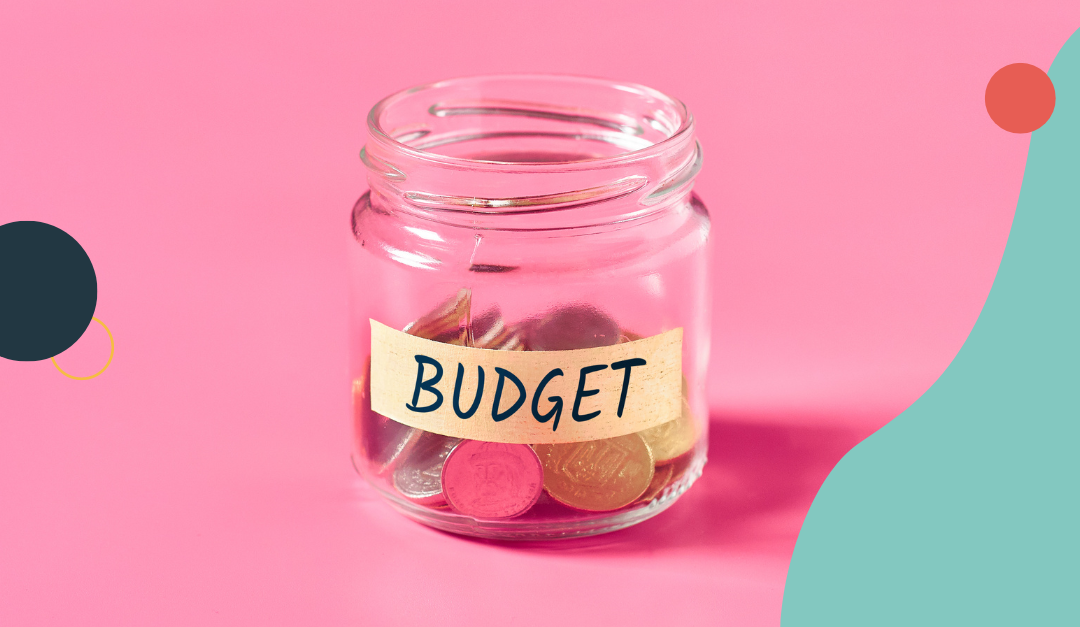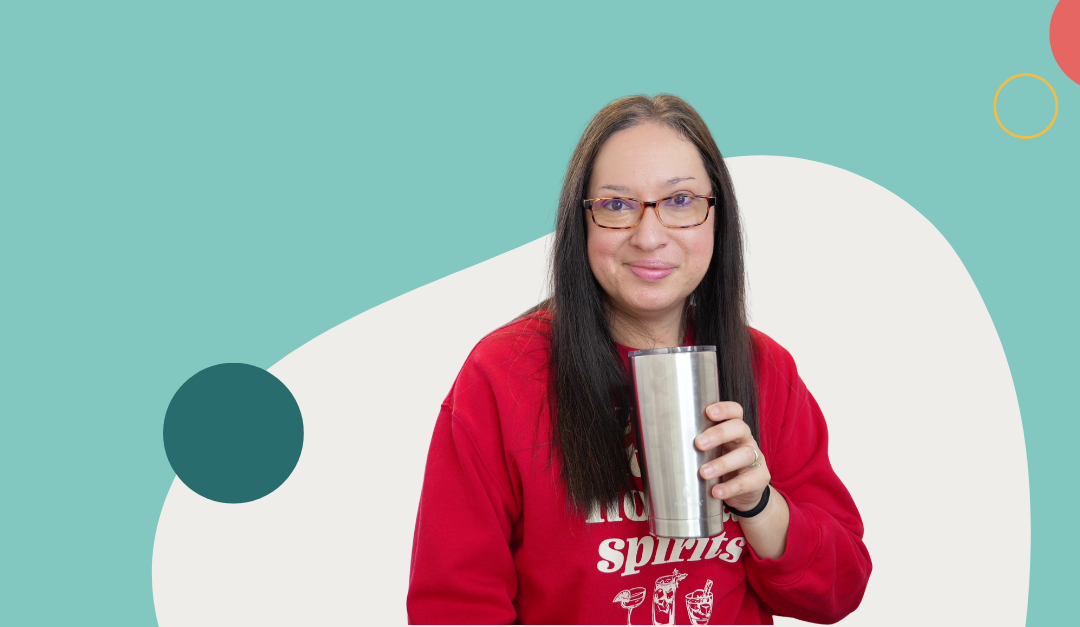
Managing Inconsistent Income as a Freelancer
This is a guest post contributed by Indiana Lee. Indiana is a freelance writer from the Pacific Northwest who often writes about business, leadership, and marketing. Connect with her on LinkedIn.
Freelance work is becoming increasingly popular, and it’s no secret why. Contracting yourself out as an experienced knowledge worker with a refined set of skills essentially makes you your own boss. You can make a living off the work you do best. You choose the projects, you fulfill your obligations on your schedule, and over time, you build a brand for yourself that draws new clients in.
However, what often gets undersold is how difficult it can be to work as a freelancer, at least initially. The market is crowded with would-be freelancers looking to trade on their skillset. Standing out amidst the herd isn’t easy without a detailed resume of accomplishments and references. Plus, work can be inconsistent in both pricing and quantity — some clients want their contractors to heft the world on their shoulders for pennies on the dollar, while others pay well but provide work only seasonally.
If you truly want to become a full-time freelancer, you have to prepare for the inherent uncertainty. You need to ensure that when work isn’t available consistently, you can still cover expenses and live semi-comfortably. If you aren’t sure how to do that, you’re in the right place: This article will give you tips and tricks you can leverage to coast during financial uncertainty and, through diligence and perseverance, realize your dream of full-time freelancing.
Create a Budget
Your very first step is a basic but often overlooked one: Know how much you need to make. Creating a budget will give you a month-to-month breakdown of finances based on your total net income, obligations, and expenses. Ideally, your budget should act as a continual reference point to track your financial health, especially for freelancers whose income may vary week to week. You can check your budget to identify and plan for months when your income after expenses is lower.
However, a budget is only useful if you keep it realistic and stick to it. And let’s be real — the average person isn’t great at following a diligent budget. But it’s an essential admin task for freelancers. Best practices for budget maintenance include:
- Projecting income based on available tasks
- Eliminating unnecessary expenses, like digital subscriptions and takeout
- Automating utility payments and estimating future ones by tracking changes over time
- Leaving room for payments on credit cards or other outstanding debts
- Putting money aside monthly for health and transportation emergencies
Keeping a consistent eye on your budget as income varies is the best way to ensure your bills will still get paid, even during economic stress.
Minimize Your Expenses
But how do you deal with it when monthly expenses, like internet bills or utility payments, become unbearable? With inflation on the rise, chances are your expenses will also rise over time. Unfortunately, utility bills are a necessary expense, not just for comfort, but for work too — especially for those of us who work from home.
Fortunately, in some circumstances, you can negotiate your bills down, making them more affordable. Your internet plan, for example, may included unneeded features or a higher-than-necessary data cap. Try conducting research on competitor pricing and calling your provider to negotiate your monthly price based on market rates. You might get a lower offer or find a plan that better suits your needs — all without spending extra on “features” you don’t need.
Utility bills can be negotiated similarly, as utility providers are also guilty of including “services” and fees you don’t use. Keep a close eye on the services you’re paying for and make sure to reach out if something seems amiss.
Diversify Your Income Streams
Finally, if you find it challenging to secure a steady stream of clients in your niche, try expanding your service portfolio. Look into other markets that might fit your particular skillset. Ask existing clients if there are adjacent projects or tasks you can help with. And dig into unexplored niches in your field. These tactics can help you widen the net and find new income streams when your main sources dry up. Creating multiple income streams is also one of the best ways to create a freelancing career that endures. Once-in-a-while major projects will only carry you for so long. Building a steady foundation takes time, but it’s worth it in the long run.
Future You Will Thank You
Making your way as a freelancer is an exciting and sometimes daunting adventure. It pushes you to think more strategically and creatively about all facets of work. And that’s part of why we choose this path, right? We get to call the shots. That includes the day-to-day choices that might seem small, but that add up in the long run. Make sure you’re setting yourself for success by thinking of future you. Follow the steps above, and you’ll gain a bit more control over your financial picture and prepare yourself for a more easeful work life.






Recent Comments